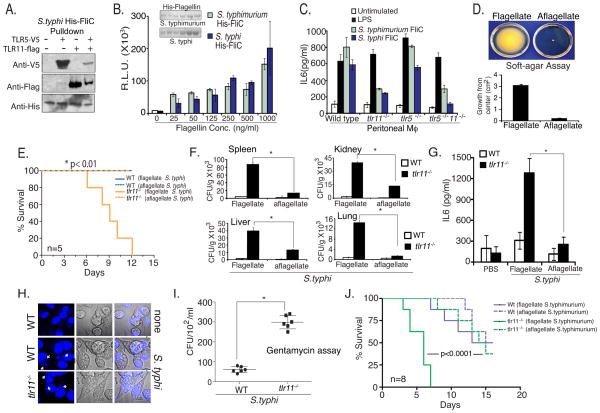Figure 5. S. typhi infection of tlr11−/− mice requires flagellin.
(A) TLR/flagellin complexes were formed by incubating cells expressing TLR11 or TLR5 with His-tagged recombinant S. typhi flagellin. Binding was assessed by Ni-sepharose pulldown followed by Western blotting with Anti-Flag, Anti-V5, and Anti-His antibodies. (B) S. typhimurium and S. typhi flagellin were cloned in pET-15b vector and flagellin was purified by affinity chromatography (inset). RAW NF-kB luciferase cells were stimulated with increasing doses of flagellin and assayed for luciferase activity. (C) Wild type, tlr11−/− and tlr5−/−/ tlr11−/− peritoneal macrophages were stimulated with Flagellin (500ng/ml) and supernatant IL6 was measured by ELISA. (D) Aflagellate S. typhi was obtained from the Salmonella Genome Stock center (SGSC; Calgary, Canada) and examined for motility on soft agar plate, grown in a humid chamber overnight at 370C, bacterial growth were measured from center and plotted. (E) WT and tlr11−/− mice (n=5) were orally infected with flagellate or aflagellate Salmonella typhi (5×108 CFU). (F) Mice were sacrificed at day 10 and tissue CFU following dissemination into spleen, kidney, liver and lung were measured using LBagar plates. * p<0.01 (G) On day-10 serum cytokines were analyzed by ELISA. (H) Wild type and tlr11−/− mouse peritoneal macrophages were infected with S. typhi at an MOI of 10 for 6 hours and stained with DAPI (indicated by arrows). (I) Macrophages infected for 2 hours were washed three times, placed in media with 100 μg/ml gentamycin and incubated for four hours. Macrophages lysates prepared with Triton-X100 containing media were plated on the LB agar plates to determine CFU. (J) Wild type and tlr11−/− mice (n=8) were orally inoculated with flagellate and aflagellate Salmonella typhimurium (CFU-108/ mice).

